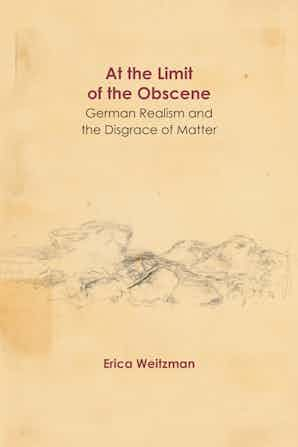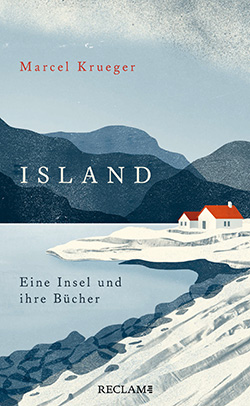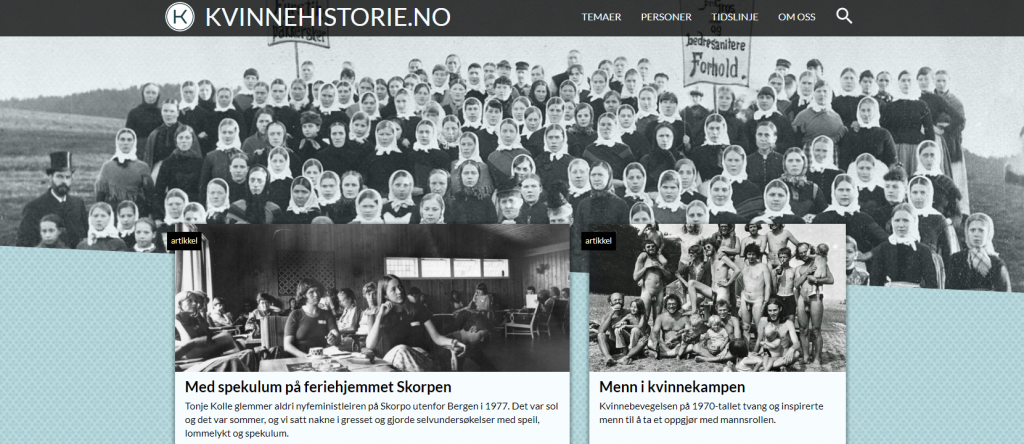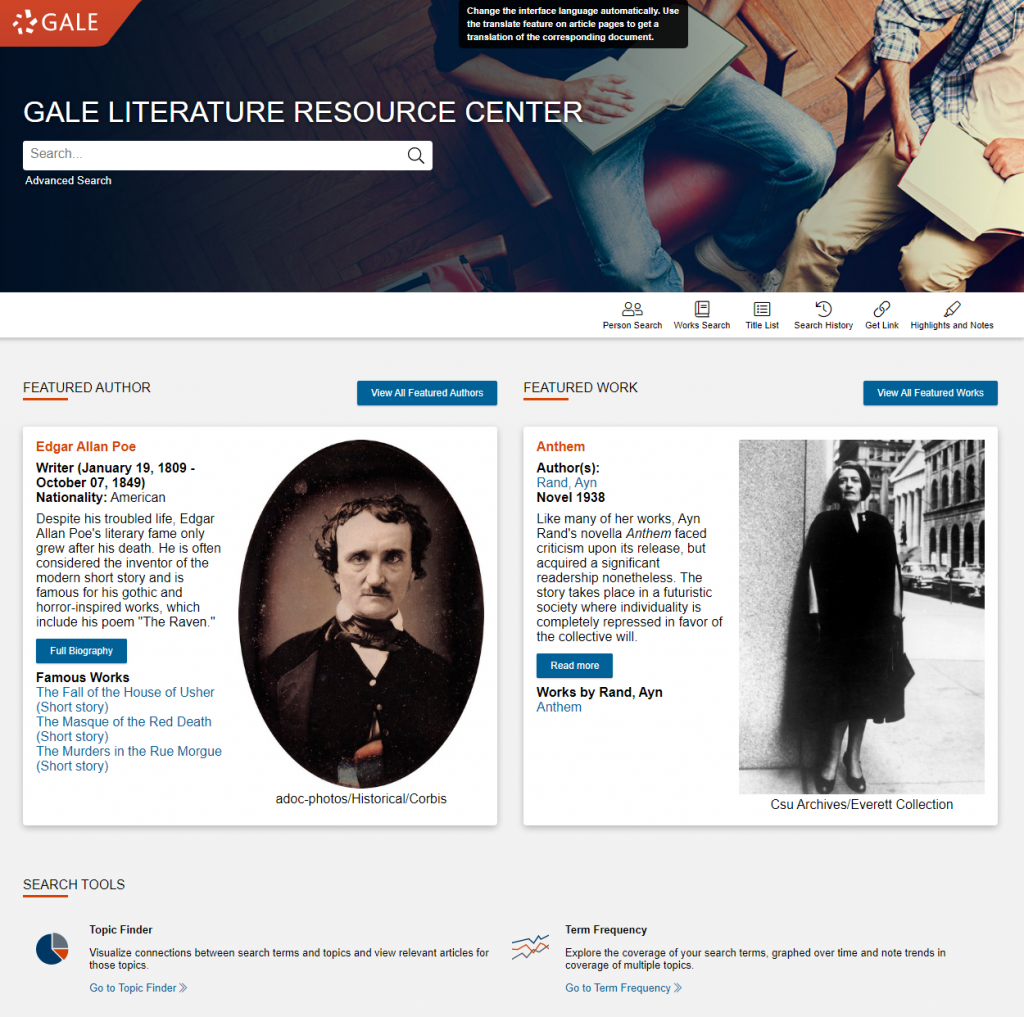Germanistik im Umbruch – Literatur und Kultur
 Neue Themen, neue Partner, neue Methoden – die Germanistik befindet sich im Umbruch. Eine internationale Gruppe von 21 Germanistinnen und Germanisten hat die neuen Fragen der Germanistik zusammengetragen und gibt Antworten, die um den Themenkomplex Literatur – Identität – Gedächtnis kreisen und die zeigen, welches Potenzial in komparatistischen Perspektiven, interdisziplinären Kooperationen und digitalen Möglichkeiten steckt. Diese neuen Perspektiven auf das Werk von Ingeborg Bachmann, Verena Boos, Marte Brill, Paul Celan, Dimitré Dinev, Olga Grjasnowa, Elfriede Jelinek, Nicol Ljubic, Jonas Lüscher, Robert Menasse, Katja Petrowskaja, Bernhardine Schulze-Smidt, Georg Trakl, Ilija Trojanow, Mathilde Weber, Franz Werfel und anderen verdeutlichen die internationale Dimension der Germanistik.
Neue Themen, neue Partner, neue Methoden – die Germanistik befindet sich im Umbruch. Eine internationale Gruppe von 21 Germanistinnen und Germanisten hat die neuen Fragen der Germanistik zusammengetragen und gibt Antworten, die um den Themenkomplex Literatur – Identität – Gedächtnis kreisen und die zeigen, welches Potenzial in komparatistischen Perspektiven, interdisziplinären Kooperationen und digitalen Möglichkeiten steckt. Diese neuen Perspektiven auf das Werk von Ingeborg Bachmann, Verena Boos, Marte Brill, Paul Celan, Dimitré Dinev, Olga Grjasnowa, Elfriede Jelinek, Nicol Ljubic, Jonas Lüscher, Robert Menasse, Katja Petrowskaja, Bernhardine Schulze-Smidt, Georg Trakl, Ilija Trojanow, Mathilde Weber, Franz Werfel und anderen verdeutlichen die internationale Dimension der Germanistik.
zum Buch im ULB-Katalog
zum Buch auf der Verlags-Website
At the limit of the obscene: German realism and the disgrace of matter
 As German-language literature turned in the mid-nineteenth century to the depiction of the profane, sensual world, a corresponding anxiety emerged about the terms of that depiction—with consequences not only for realist poetics but also for the conception of the material world itself. At the Limit of the Obscene examines the roots and repercussions of this anxiety in German realist and postrealist literature. Through analyses of works by Adalbert Stifter, Gustav Freytag, Theodor Fontane, Arno Holz, Gottfried Benn, and Franz Kafka, Erica Weitzman shows how German realism’s conflicted representations of the material world lead to an idea of the obscene as an excess of sensual appearance beyond human meaning: the obverse of the anthropocentric worldview that German realism both propagates and pushes to its crisis. At the Limit of the Obscene thus brings to light the troubled and troubling ontology underlying German realism, at the same time demonstrating how its works continue to shape our ideas about representability, alterity, and the relationship of human beings to the non-human well into the present day.
As German-language literature turned in the mid-nineteenth century to the depiction of the profane, sensual world, a corresponding anxiety emerged about the terms of that depiction—with consequences not only for realist poetics but also for the conception of the material world itself. At the Limit of the Obscene examines the roots and repercussions of this anxiety in German realist and postrealist literature. Through analyses of works by Adalbert Stifter, Gustav Freytag, Theodor Fontane, Arno Holz, Gottfried Benn, and Franz Kafka, Erica Weitzman shows how German realism’s conflicted representations of the material world lead to an idea of the obscene as an excess of sensual appearance beyond human meaning: the obverse of the anthropocentric worldview that German realism both propagates and pushes to its crisis. At the Limit of the Obscene thus brings to light the troubled and troubling ontology underlying German realism, at the same time demonstrating how its works continue to shape our ideas about representability, alterity, and the relationship of human beings to the non-human well into the present day.
zum Buch im ULB-Katalog
zum Buch auf der Verlags-Website
Weitere Titel können Sie in unseren Neuerwerbungslisten für die Germanistik entdecken!
„Minnesang und Zaubersprüche, Vagantenlied und Spruchdichtung. Hohes Lied, Heldenepos und Fürstenlob. Welche Literaturformen erdichteten, zitierten, sangen und trugen Menschen im Mittelalter vor?“

















